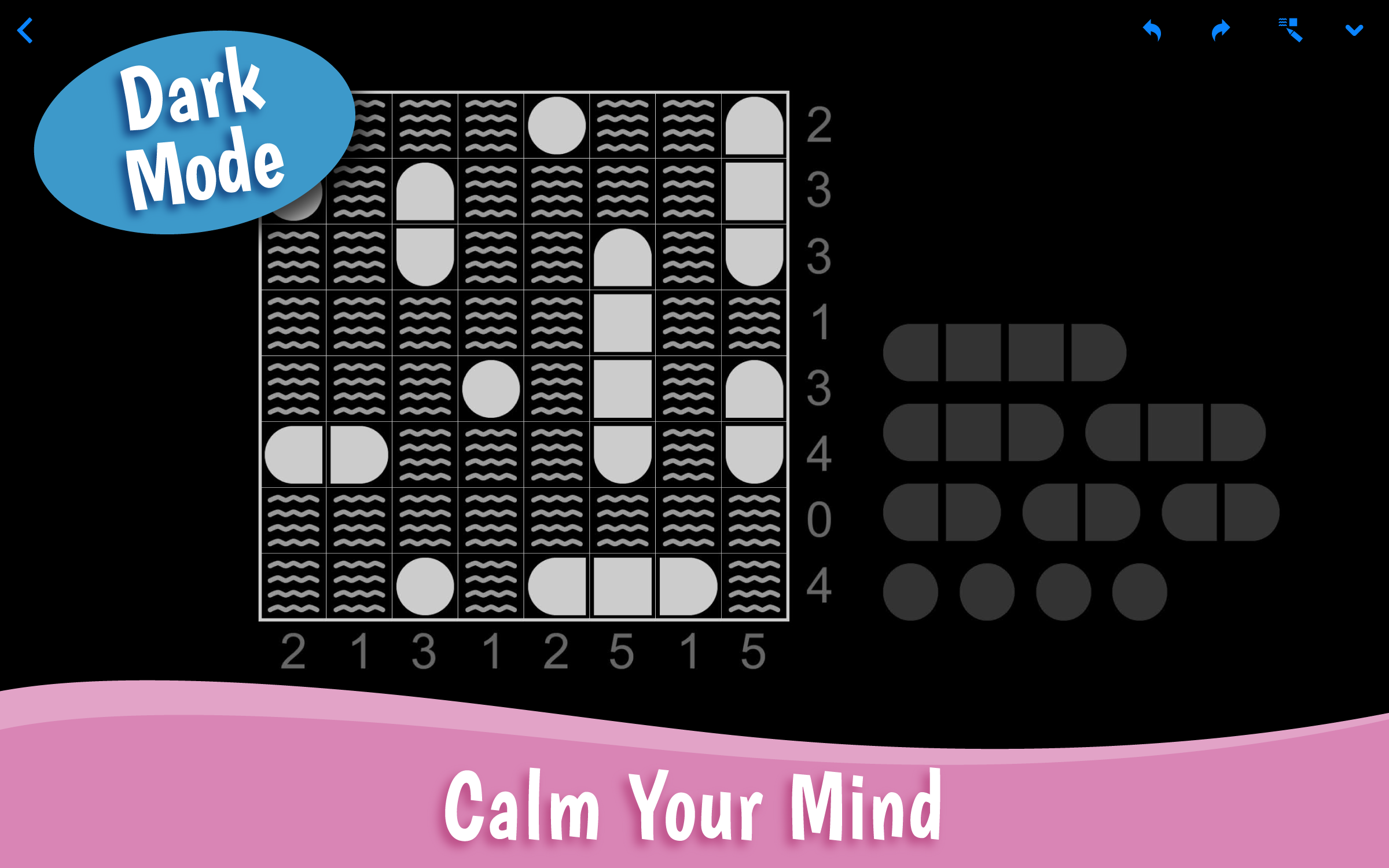About This Fan Site
We love the calm, pencil-and-paper spirit of SeaBattle. Here you’ll find distilled strategies that feel like a friendly coach: short lessons, clear diagrams, and exercises that build confidence. No math required—just logic and a steady tempo.
Our writing is original and crafted for this community. Every guide aims to answer two questions: why a move is forced and how to see it faster next time. If you enjoy mindful puzzles, you’re home.
- Spoiler-safe hint paths you control
- Corner/edge anchors, parity logic, fleet accounting
- Progression: Beginner → Classic → Expert
- Printable drills and quick warm-ups

Design Philosophy
Low noise, high clarity. The palette reduces eye strain and keeps your focus on deductions.

Core Rules
- Place the entire fleet on the grid without overlaps.
- Ships never touch—no orthogonal or diagonal contact.
- Numbers beside each line show total ship segments in that line.
- Ships are contiguous horizontally or vertically according to their length.
- Water cells are final and cannot contain ship parts.
Typical Fleet 1× Battleship (4), 2× Cruisers (3), 3× Destroyers (2), 4× Submarines (1). Variants may differ.
Common Mistakes
- Diagonal touching—ships cannot meet at corners.
- Not updating line totals after placing segments.
- Guessing early—mark water to shrink the search space.
Strategy Spotlight: Edge Compression
Borders resolve faster because ships cannot extend off the board. When a line total is small, place water near impossible extensions to compress space and force longer ships into view.
Combine with diagonal water after each placement—new singles emerge without guessing.
Practice Grid
Click a cell to cycle: Water → Ship → Hit. Use the tool to rehearse counting, mark dead zones, and check whether a ship would break line totals.

Contact
Send feedback, corrections, or puzzle variants. We read everything and regularly update guides based on community insight.
